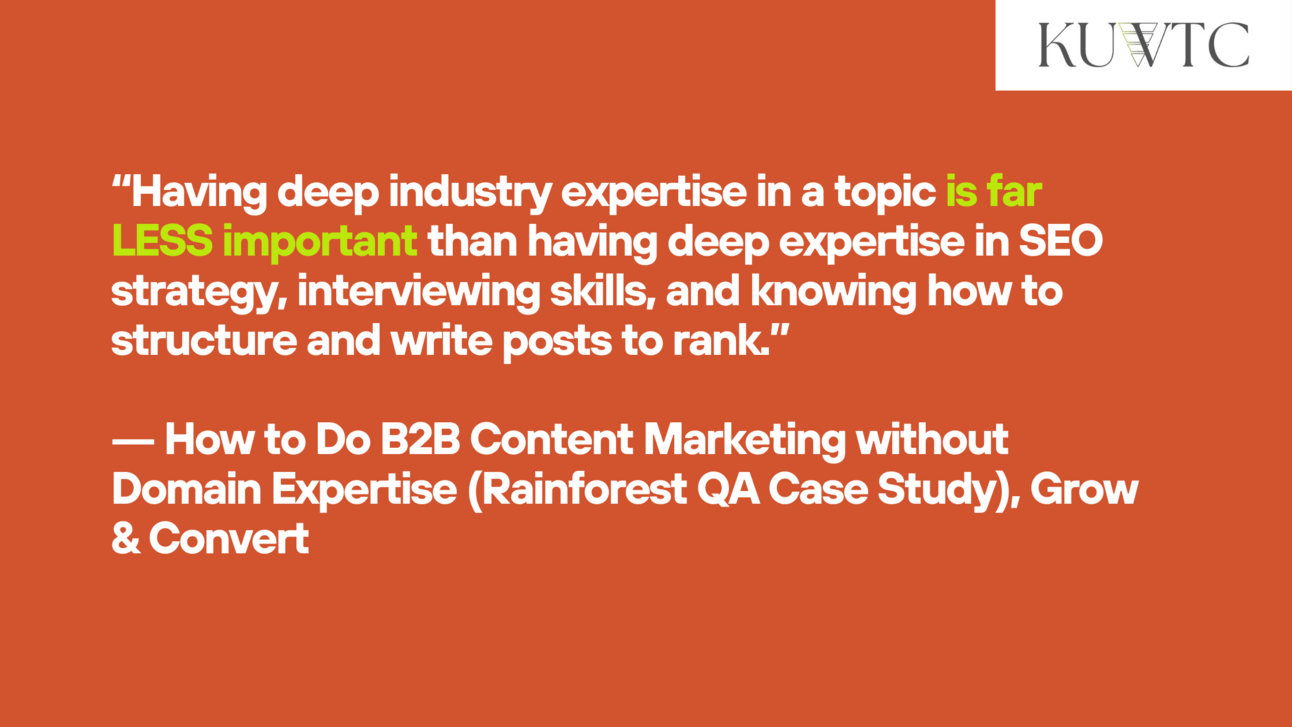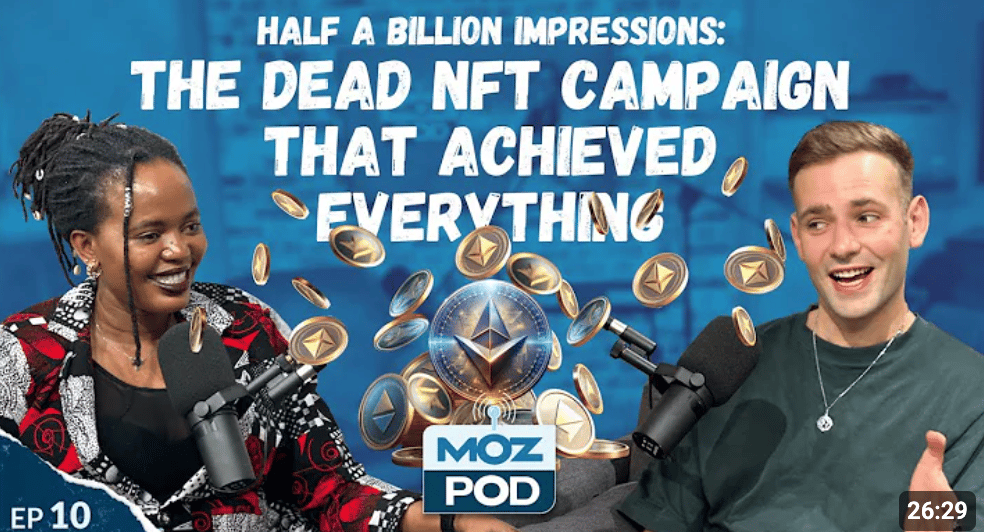- Keeping Up With The Conversions
- Posts
- The Simple Science of Behavior Change
The Simple Science of Behavior Change
... and the secret behind the success of the Dead NFT campaign
History shows that most products become successful because marketers introduce them as a part of the masses’ daily routine.
Cereal companies positioned breakfast as ‘the most important meal of the day‘.
Marketers at Pepsodent positioned toothpaste as vital for oral hygiene.
Listerine made people conscious of bad breath.
These campaigns took place in the 1900s, making each company millions of dollars. While marketing is sophisticated in 2024. The basics of human behavior remain the same.
I too experienced a behavior change last month. I started intermittent fasting to lose some extra pounds. Only this time, I became successful in my attempt. And this time, I didn’t feel like I’d go crazy on a calorie deficit diet.
This led me to dive deeper into asking 3 burning questions.
We’ll talk about these questions and the insights that came along with it in this newsletter
But first, I have a copywriting tip to share with you.
🖊️ The Copywriting Tip You Can Use Right Away: Researching For Complex Products in Unfamiliar Industries

How to Do B2B Content Marketing without Domain Expertise (Rainforest QA Case Study), Grow & Convert
Research is an important part of the copywriting process. Many times, we encounter products that are complex and unfamiliar.
For example, just last week, I wrote a landing page and trial activation sequence for a budgeting app. But not just any budgeting app — It’s a first-of-its-kind forecast budgeting app. It tells you how much money you’ll have at any given date in the future.
I turned to Grow and Convert’s case studies to understand how they interview subject matter experts.
And here are 3 mistakes I won’t be making again:
❌ 1. Seeking a benefits-only approach when researching a product and its competitors
❌ 2. Looking to learn the ins and outs of the industry
❌ 3. Letting the SME unconsciously oversimplify the product’s features
Here’s what we should be doing when interviewing subject matter experts instead:
✅ Look for the moments when a smooth-running product’s processes break down — these are the times of transition (aka. Look for problems instead of just the benefits)
✅ Get specific information to back up the claims that a product makes
✅ Interview SMEs who work closely with the product and let them know in advance my baseline understanding of the product — Then ask specific questions about the technical parts that I don’t understand.
In my case, the founder of the app (it’s called Fincaster) — is a marketer himself. He had great stories and was fun to talk to.
I got what I needed and delivered copy that we both are lowkey proud of.
The key takeaway is to approach the research and interview process not as a feel-good celebration of the product. But to look into the complexities of the logistics, learn about its limitations, and compare it with the limitations of the competitors.
🧠 The Simple Science Behind Behavior Change
Coming back to the simple science behind behavior change… As I explained earlier, surprised by my successful weight loss journey, I sought answers to the following three questions:
Why now? I’ve been trying to tone up for two years now. Why is it only now that I’m sticking to this behavior change?
Why is it working this time around? I’ve tried different forms of calorie restriction before, but if I lose weight, it comes back up.
Why does it feel good this time? Losing weight is hard. How does it seem… not hard this time?
To get my answers, I traced back my decision to start intermittent fasting in the first place.
To shed some light on why I believe it’s a remarkable feat, I must tell you that my fasting window is anywhere between 18-20 hours long, allowing me to eat for 4-6 hours every day. For a serial snacker, it’s no less than an achievement.
I traced back my behavior change to this exact moment:
I’m watching Dr. Fung’s interview on Diary Of A CEO, and he’s dropping facts about the influence of insulin on weight loss and discussing how the calorie-in-calorie-out approach is accurate, but it’s not the whole story.
And it clicked: The science, the data, it spoke to me.
So, we can concur that ⚡ brand-new information (solution) about a pressing pain point can cause behavior change.
But, wait.
This wasn’t the first time I was listening to a podcast about weight loss.
I regularly listen to the Huberman Lab podcast as well as DOAC and both these podcasts talk about the functions of the human body and how to drive optimum performance.
So, what was different this time?
This time, Dr. Fung said almost the same things about weight loss, but there was something different.
Maybe it’s the fact that he’s an authority with decades of data and studies that support his claims. Or maybe it was because he focused on an important benefit other than weight loss.
He said that fasting releases ketones which lead to clear thinking and better cognitive functions.
Now I’m all about weight loss but I’m already in a healthy BMI range. So technically, I’m concerned about those extra pounds but they don’t pose an immediate threat to my wellbeing.
However, I do have a few projects lined up this month.
And these projects need ALL my brain cells.
While it wasn’t a pressing pain point for me before, but after watching the podcast, the benefit of clear thinking and increased cognitive function became almost too hard to ignore.
So we can concur that ⚡presenting old information from a different angle or pairing a different benefit with the product’s existing benefits may cause behavior change.
But that’s not all.
There are two other important factors involved in behavior change:
⚡ Being in the right place at the right time: Having something to look forward to that requires clarity and strategy — leading to wanting better cognitive functionality.
⚡ Compound effect: Consuming similar kind of information enough times that it finally hits the sweet spot.
Taking all of the above, we can hypothesize the following law of behavior change:
Behavior change occurs when a person receives either brand new information backed with data or old information presented in a new way, with a differently paired benefit that solves their pressing problem. To make this more effective, the person must be problem-aware and the information must be presented to them through different channels at least a few times.
👉 How can marketers use the hypothesized law of behavior change to run successful campaigns?
Here is everything you should be doing to run a successful campaign:
✅Create factually correct content. Always use data to support your claims.
✅Use different angles f storytelling. Highlight benefits that haven’t been highlighted yet.
✅Educate the unaware target audience at top-of-the-funnel to turn them into problem-aware prospects before promoting your product/service.
✅Use different methods of content distribution. Use both organic and paid platforms.
As to answering the three questions that I raised at the start of my newsletter,
I stuck to my behavior change (intermittent fasting) because the evidence of benefit was too promising.
It worked (weight loss) because I was consistent.
It feels good because the data does not lie — IF starts to feel good after a week.
—
I’m so glad that the podcast recommendation for this week's newsletter is a representation of everything we covered above.
🎙️ A Podcast Recommendation
Lo and behold.
Not all successful campaigns have a big budget.
Click on the image below to hear James, the brains behind the dead NFT campaign.
He breaks down how he made this campaign a huge success on a small budget, using nothing but data points.
If you’re in marketing, you’ll love this 20-ish-minute conversation.
About the founder…
Hi. 👋 I’m Hira, A Copyhackers certified conversion copywriter with wins like raising $2M for MedTech and nonprofits under my (metaphorical) belt.
These days I’m writing emails and product marketing blog posts for 9-figure brands.
Check out my guest post in The Copywriter Club, and scroll through the insights I shared on Hubspot’s 2024 Social Media Marketing Trends Report.
Don’t forget to peek through my website, maybe you’ll find a podcast episode that you like!
If you liked this week’s newsletter, share it with a friend!
And don’t forget to hit reply to this email and say hello. 🙂
